I first travelled abroad just after I turned 20.
The country I was going to require a visa and I remember thinking how difficult it was to travel abroad, even though all I had to do was apply.
At the time, one of my friends remarked that I must be curious to want to travel to a country that doesn’t have a direct flight from Japan.
Before the pandemic, the world was so close that anyone with a little money and time could go anywhere they wanted.
Smartphones tore down language barriers and it was easy to connect with people.
Counting film exposures has no meaning for young people these days. (Although, I myself am of the digital camera generation)
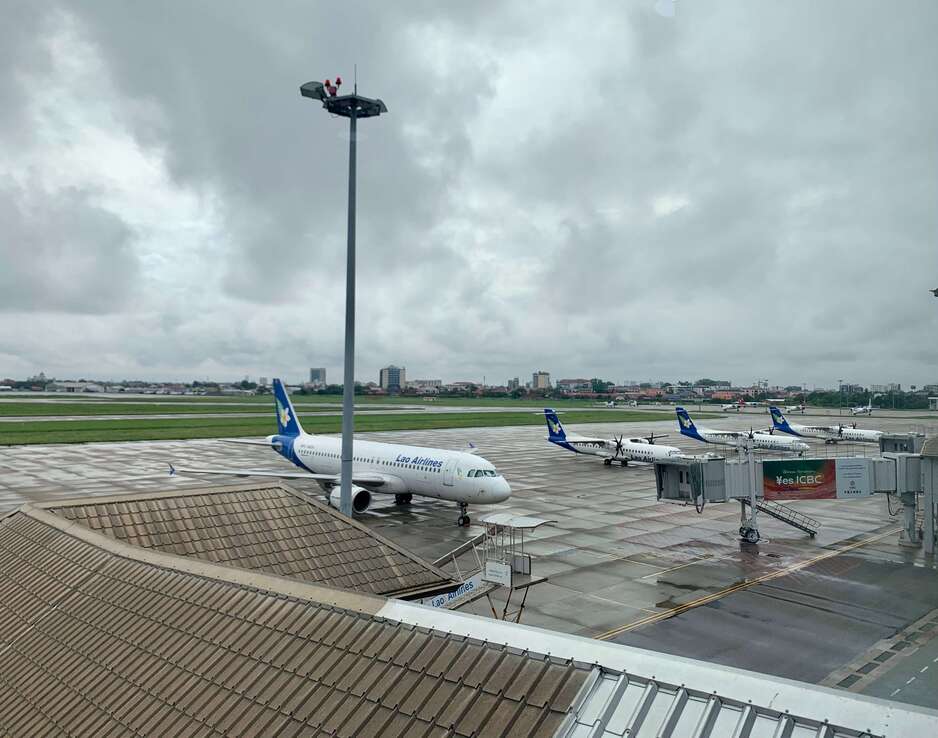
Sabaidee! I am Yoshida and I have finally arrived in Laos and resumed my work there.
I travelled from Japan to Cambodia in January and was able to enter Laos at the end of April.
I would like to take this chance to talk about the many hardships and pointed negotiations that the administrative staff had to go through to get to this point.
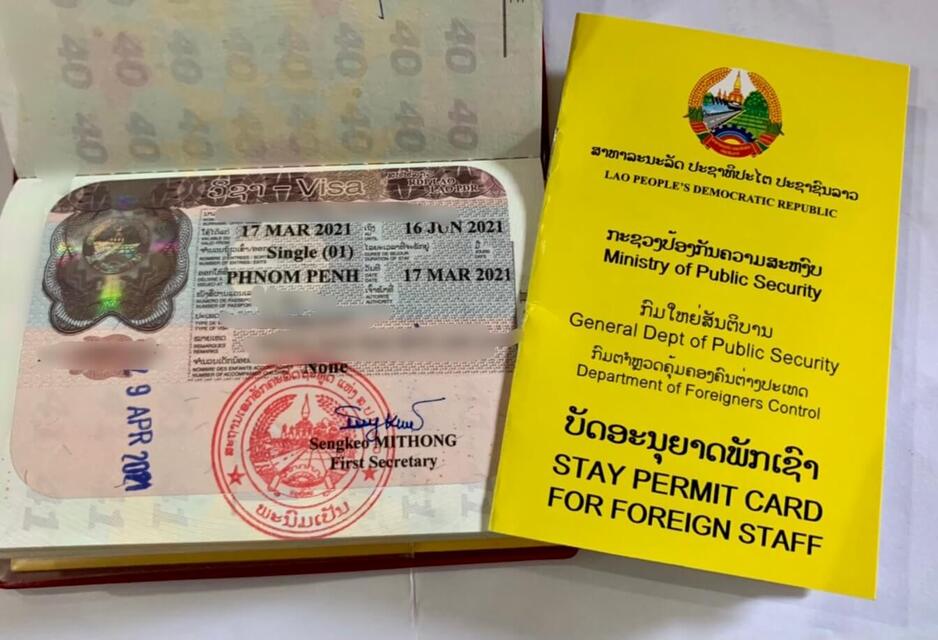
In order for Japan Heart to carry out its activities, administration staff work behind the scenes to arrange the visas and documents that each country requires.
Thanks to the admin teams in each country, we medical staff do not have to worry about when our visas will expire and can spend our focus on carrying out our medical work.
In order to work in Laos, you need to obtain both a work permit as well as a visa.
Naturally, the coronavirus has made this process more complicated you can’t obtain these documents as easily anymore.
In addition, Laos is currently under lockdown with stay-at-home orders and most government departments have closed their offices. Under normal circumstances, it already takes a long time to get a visa in Laos, but we have had to extend a little more patience and effort this time. Furthermore, to even enter the country, you have to obtain permission from the Coronavirus Infection Control Team, under the Laos Ministry of Health.
The number of barriers to enter Laos also exacerbates the difficult situation.
Considering the realities of medical and living conditions in Laos, I think these measures are important to prevent an influx of coronavirus.
For this reason, the country had been in a state of seclusion for the past year.
At the beginning of the year, the number of reported infections was in the double digits and in April the first covid death occurred, so it seemed that Laos’ coronavirus strategy was working.
However, the number of coronavirus infections has been increasing since March and the government response is changing day to day.
One of the staff members who travelled from Cambodia to Laos before me was turned away at the hospital without being able to board the plane.
In order to apply for the required permits, the skills of the local administrative staff are crucial.
There were times when they visited the Ministry of Foreign Affairs to negotiate our visas.
Since we were travelling from Cambodia, the Embassy of Laos issued out visas.
The admin team contacted the embassy directly to make sure that all we had to do when we went there was submit our passports and receive the visas.
To prevent any trouble occurring at the airport, the admin team made sure to prepare documents in the Laotian and Cambodian languages, and they even had the Laos Embassy prepare special materials so that authorities would not stop us at the borders.
They were really like guardian angels. Until the very last minute, there was only one document left to be issued.
It was difficult to relax, but thanks to the hard work of Ms Lo, one of our talented admin team, we could travel safely.
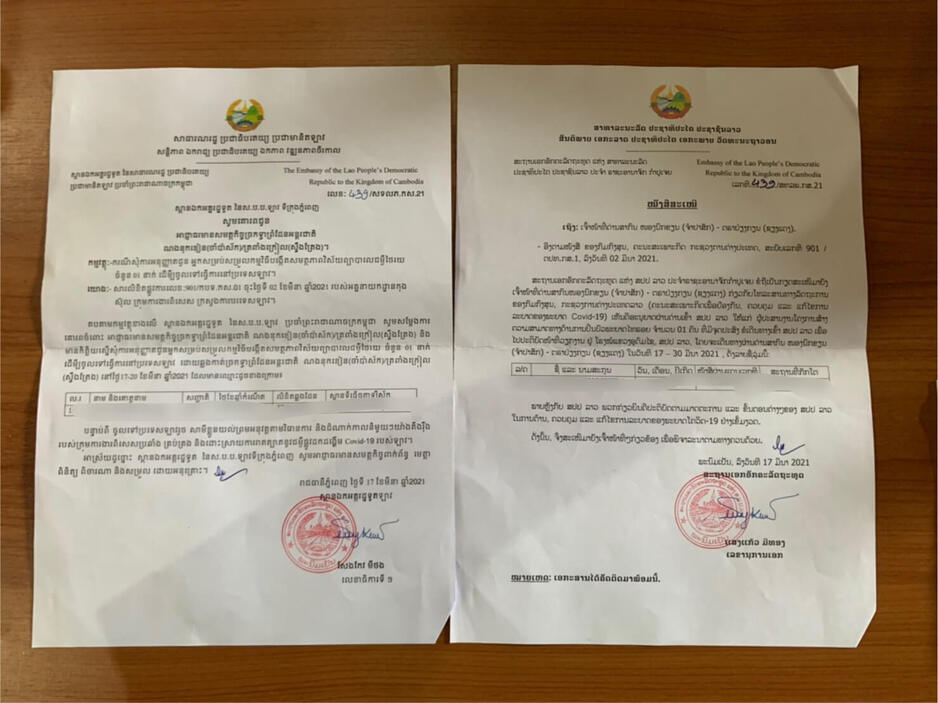
These documents are written in Khmer and Lao. Can you tell which is which?
It was not only the application for entering Laos that was unusual.
The situation in Cambodia before departure was completely different too.
The administrative staff took care of all the arrangements, including the appointment for PCR testing for departure.
To top it off, Phnom Penh was in the midst of a strict lockdown and there were three barriers on the way from the hospital.
We were sometimes asked to show out passports as well as our airline tickets.
And because we didn’t have the right documents, we had to return to the hospital within 30 minutes of departure, which was not a straightforward process.
Of course, the staff were able to arrange the documents instantly and we could then depart without any disruptions.
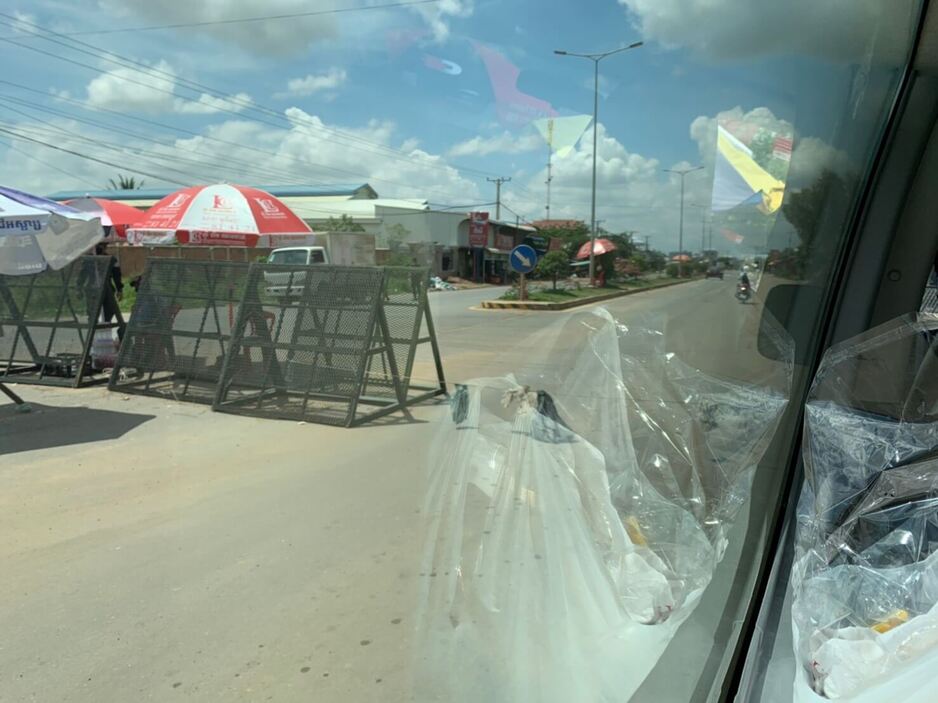
This is the gate to Cambodia
Under normal circumstances, there are direct flights between Cambodia and Laos every day.
On this trip, I was able to enter Laos five days after I had left the hospital.
I really felt that the world had gotten further away.
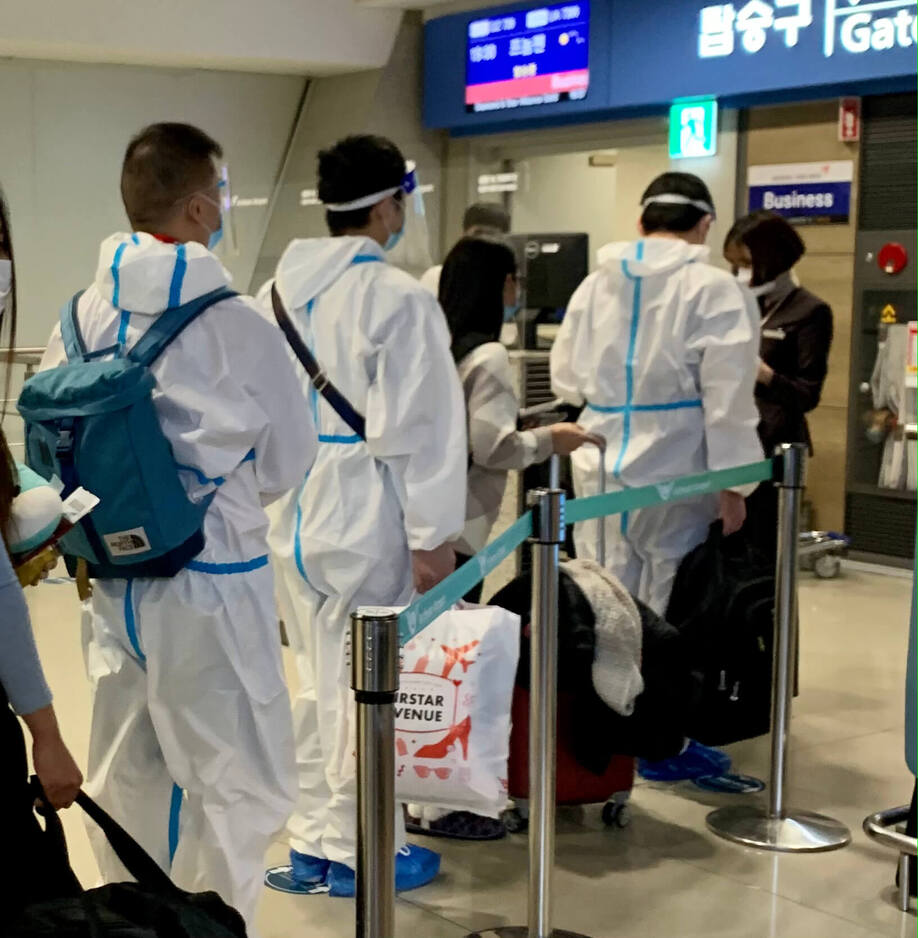
There was more tension that usual when we were actually travelling, but we were able to do so safely due to the behind-the-scenes efforts and energy of the administrative staff.
I am truly grateful to them.
As a medical activity organisation, I believe that our activities naturally focus on the work of the medical staff.
Medical professionals tend to focus on the value and importance of the direct medical care they are able to provide, and may be unaware of the various goings-on behind their actions.
I think it is important to remember that there are skilled administrative staff behind the scenes of these activities. (This includes PR, accounting and administration)
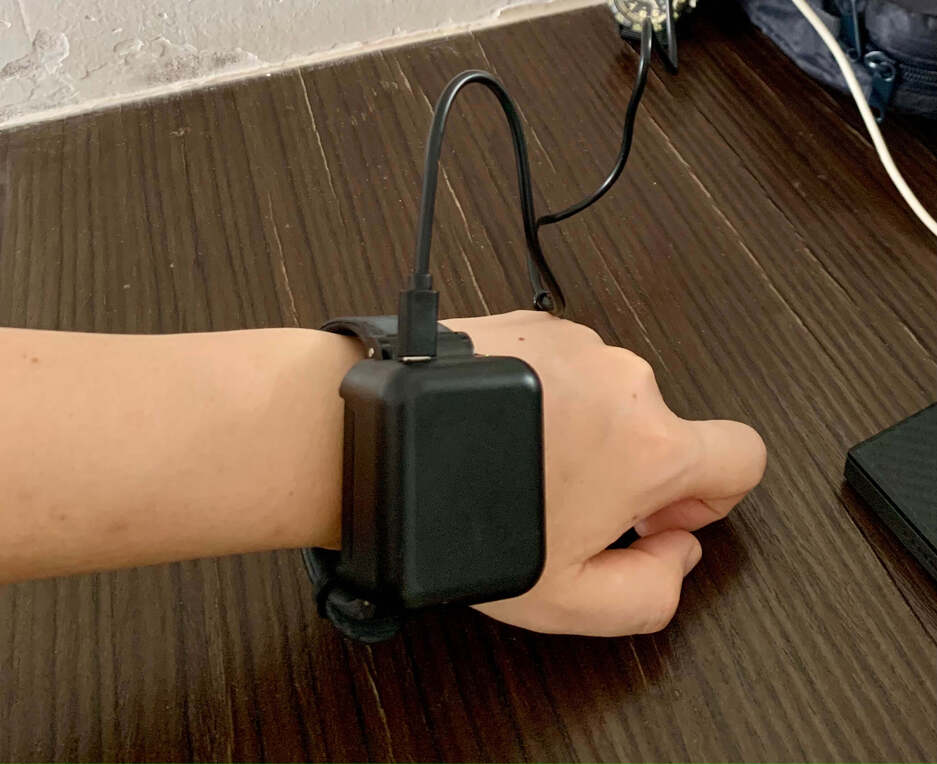
During the quarantine period, we were monitored by this watch-looking machine
When Ms Lo came to pick me up from the quarantine site after my 2-week stay, I felt relieved to see her smile for the first time in a year. When I arrived at the office, I felt relieved to see the local staff who greeted me without any change.
I would like to express my utmost gratitude to these people, who do not appear in the public eye on a daily basis.
Laos project nurse
Mayumi Yoshida

